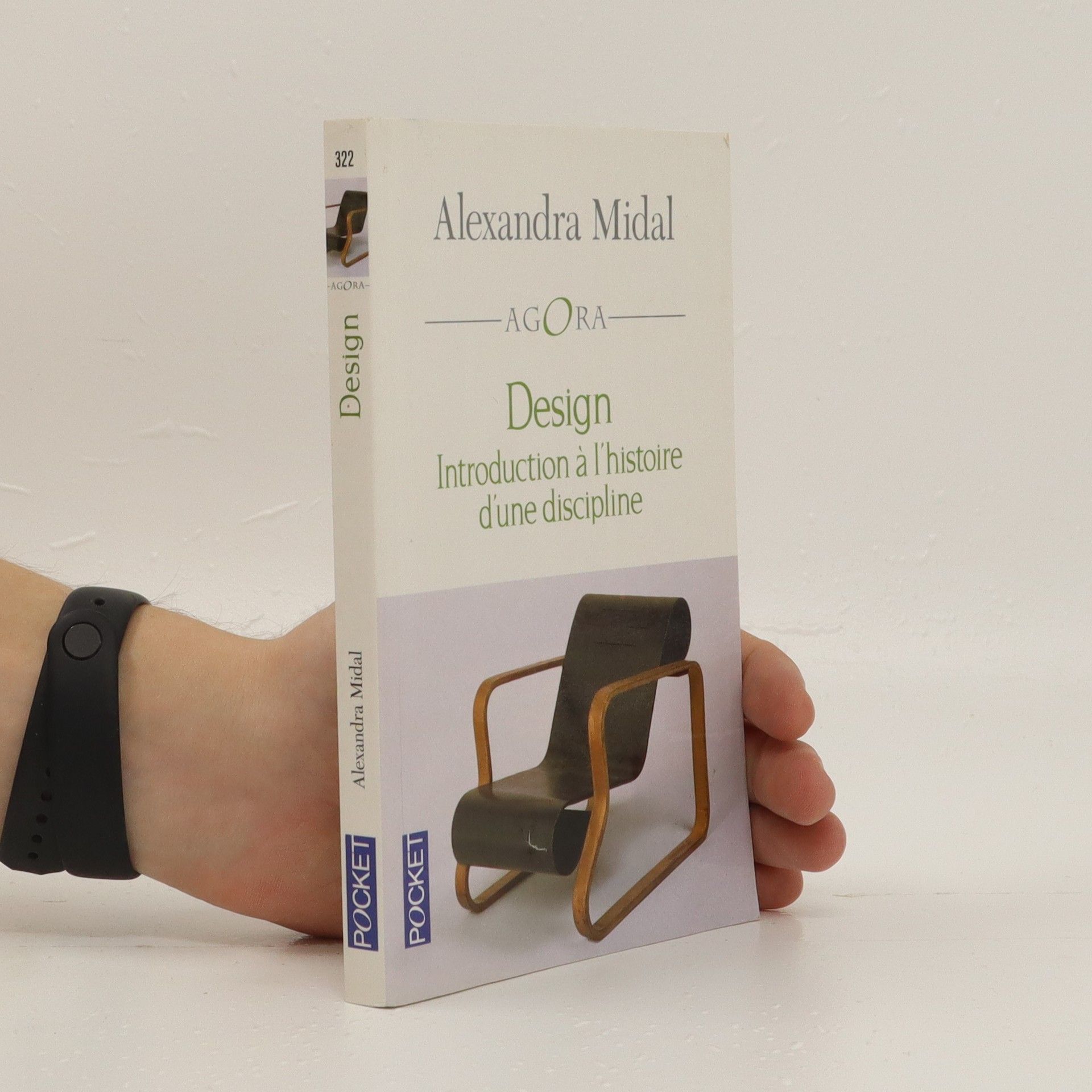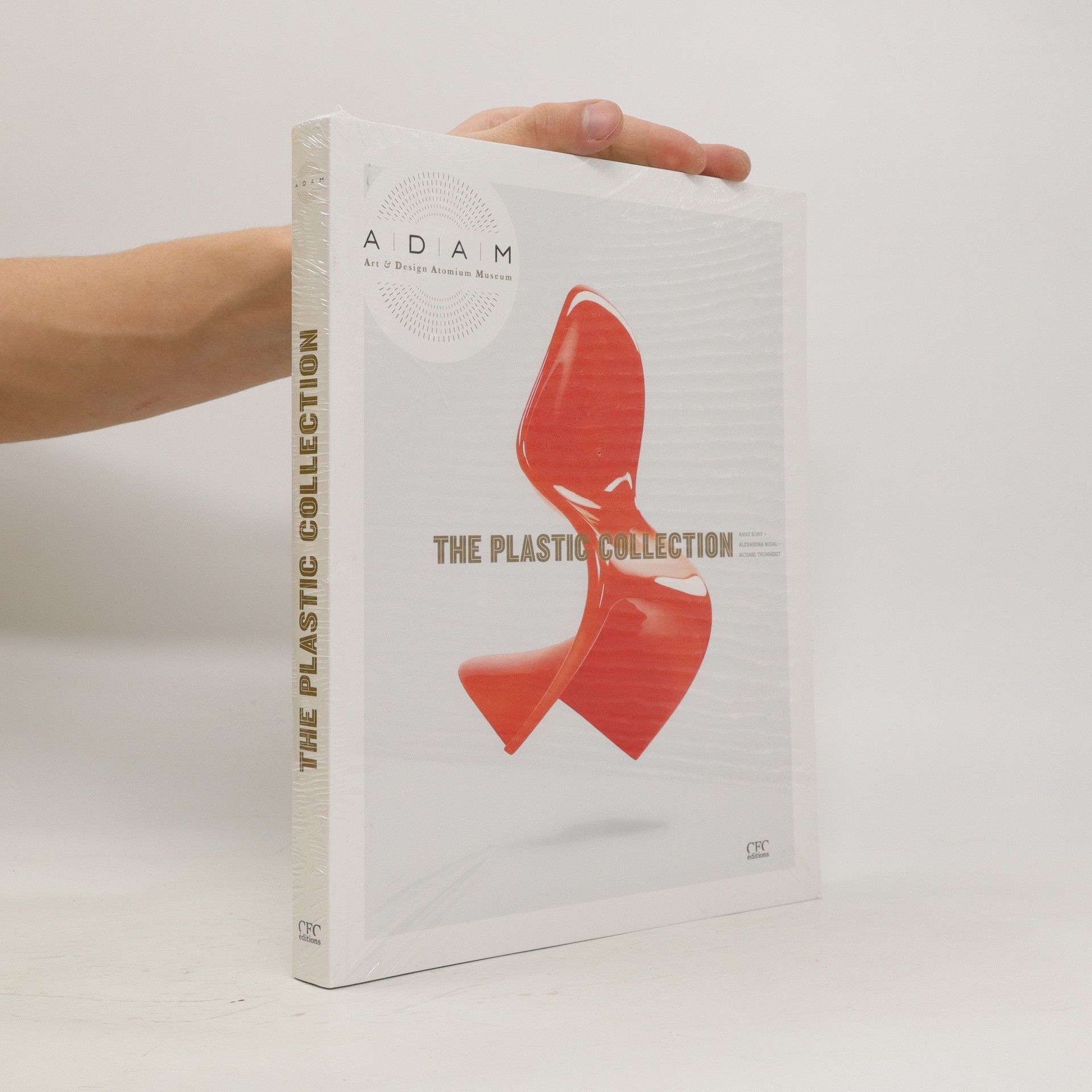Sublime Fascism
Girls, the Troopers of Dance: Aesthetization of Entertainment of Politics and Manipulation of Entertainment
- 96 stránok
- 4 hodiny čítania
Exploring synchronized dance reveals its complex interplay with ideologies, power structures, and cultural narratives. Often dismissed as trivial, this art form embodies conflicting themes, from American standardization to the commodification of women and the militaristic aesthetics of regimes like Hitler's. It raises critical questions about the permanence of artistic forms and their susceptibility to varying interpretations. The discussions surrounding synchronized dance challenge us to reconsider its implications in contemporary contexts, such as political events, highlighting its enduring relevance in shaping ideologies.


